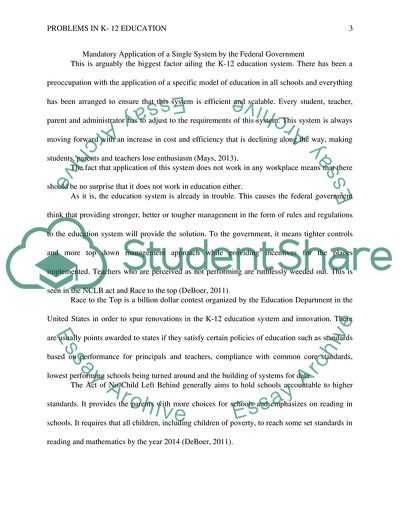Cite this document
(Problems in K-12 Education Case Study Example | Topics and Well Written Essays - 2000 words, n.d.)
Problems in K-12 Education Case Study Example | Topics and Well Written Essays - 2000 words. https://studentshare.org/education/1837349-problems-in-k-12-education
Problems in K-12 Education Case Study Example | Topics and Well Written Essays - 2000 words. https://studentshare.org/education/1837349-problems-in-k-12-education
(Problems in K-12 Education Case Study Example | Topics and Well Written Essays - 2000 Words)
Problems in K-12 Education Case Study Example | Topics and Well Written Essays - 2000 Words. https://studentshare.org/education/1837349-problems-in-k-12-education.
Problems in K-12 Education Case Study Example | Topics and Well Written Essays - 2000 Words. https://studentshare.org/education/1837349-problems-in-k-12-education.
“Problems in K-12 Education Case Study Example | Topics and Well Written Essays - 2000 Words”. https://studentshare.org/education/1837349-problems-in-k-12-education.


